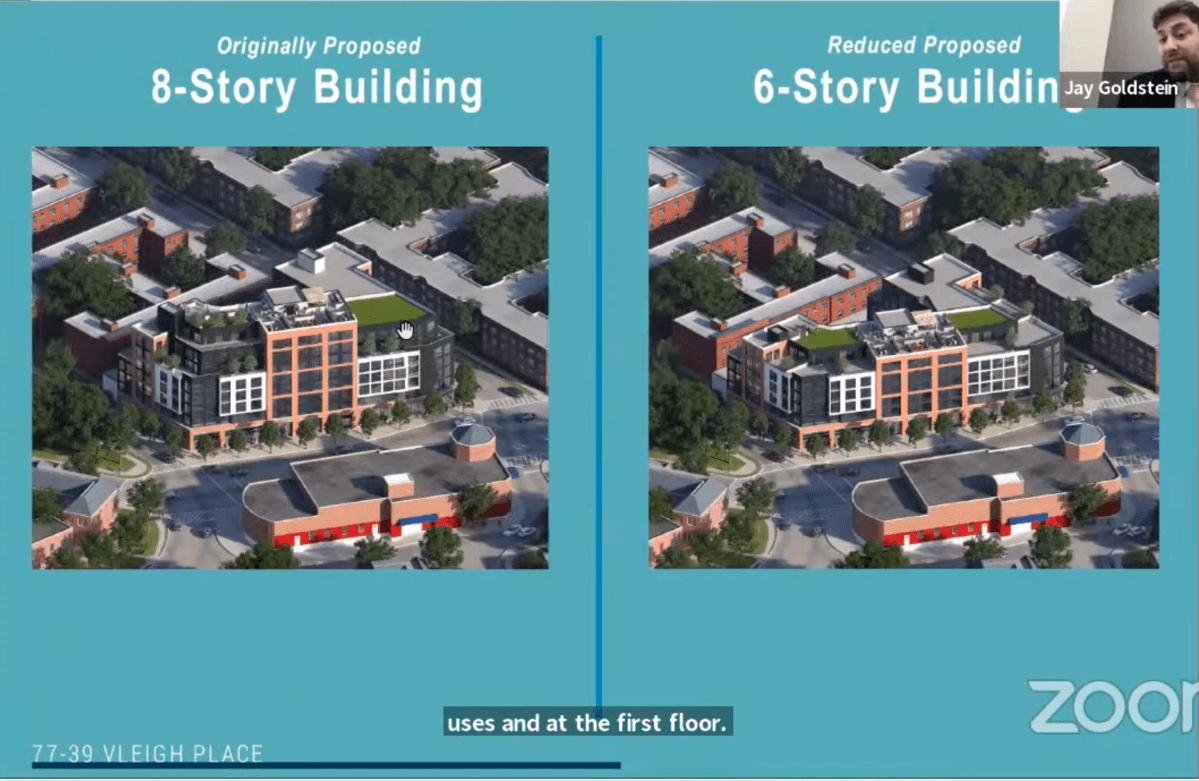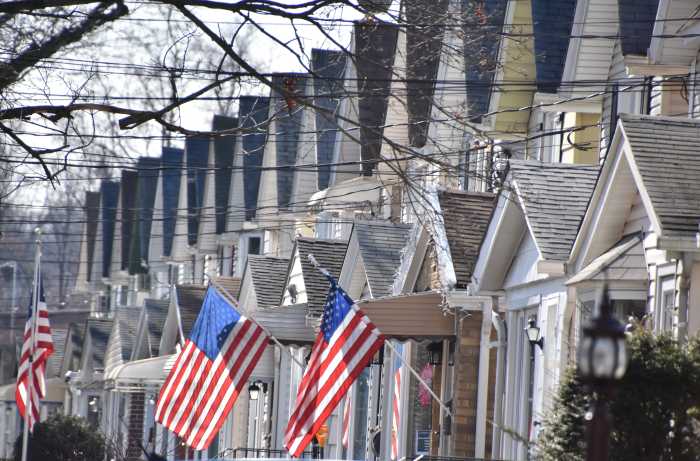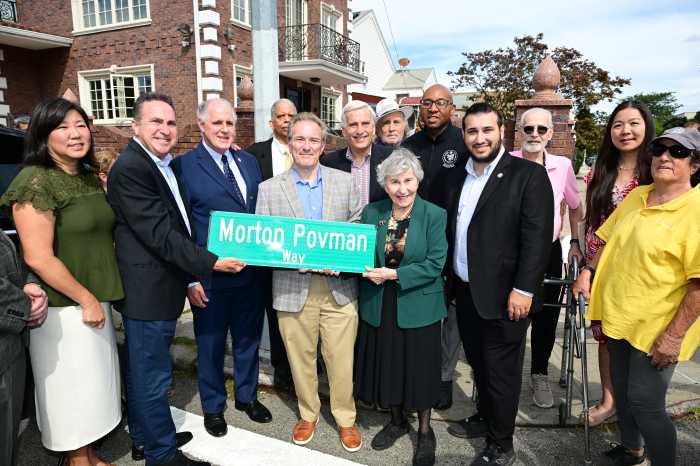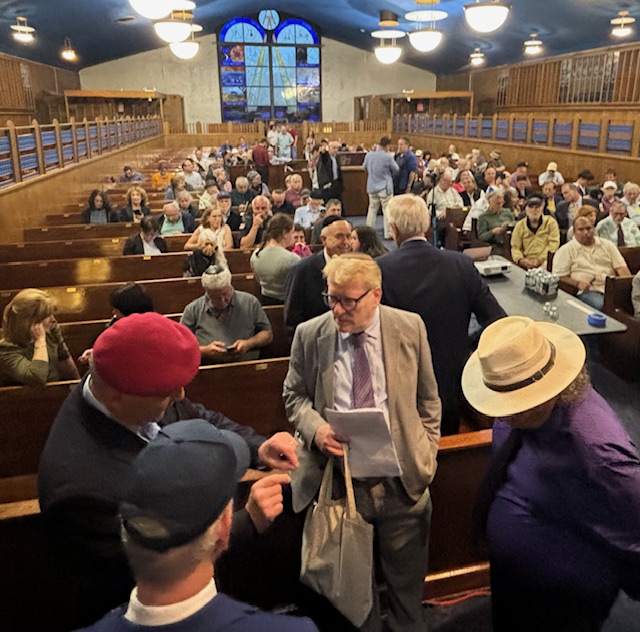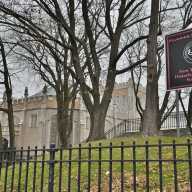A large amount of Kew Gardens Hills residents tuned into a remote public hearing on land use to speak about a housing area being constructed in the lot bounded by Vleigh Place to the west, 78th Avenue to the south, the western boundary of Lot 1 to the east and 77th Road to the north.
Some within the community voiced their support for the project while others expressed their displeasure and concerns about how it may cause more harm than good.
Under the current proposal, the housing area would be six stories tall and contain 80 to 90 units, with 27 of them acting as income-restricted units. It would take up around 124,380 square feet for the total floor area. Each tenant would receive a parking spot in the parking garage underneath the building.
According to Jay Goldstein, who was at the meeting on behalf of the developer trying to get the housing area built, the original proposal called for an eight-story building with 119 units.
Managing director of environmental engineering Kevin Williams was tasked by the developer with studying the traffic patterns of the area to determine how the building may impact the community. While he spent a lot of time doing so, Williams emphasized that he does not live in the neighborhood and acknowledged the community’s concerns. According to Williams, the traffic flow “is relatively modest in comparison to many other projects I work throughout the city.”
Despite Williams’ results, one of the common complaints by community members was that traffic in the area was already really bad and adding so many more people to the neighborhood at once would only make things worse.
“We are overpopulated already,” said Alan Sherman, who has resided in Kew Gardens Hills since 1974. “There are already too many cars and too many people.”
The concern among the community about the potential increase in traffic also led many to point out the fact that this building would be across the street from Stepping Stone Day School. In addition to the fact many children would be walking around the area and creating more traffic, some expressed concern about what the harmful carbon emissions from the cars in traffic could do to these kids.
Another common criticism of the building is that it would be the first high-rise building in the neighborhood and many residents expressed the desire to keep all the buildings low-rise, as they fear allowing one to be built there opens the door for other developers who may wish to create high-rise buildings. Several residents claimed they were told the building wouldn’t be more than two stories tall when construction first began.
A common argument among those in favor of the building was the prospect of more affordable housing. According to Queens Community Civic Corporation Executive Director Florence Fisher, who has resided in the neighborhood for 65 years, Queens is in deep need of affordable housing.
“We seem to have forgotten those who make only $30,000 to $40,000 a year,” Fisher said.
She also added that the fact all residents in the building would have their own parking space in the garage underneath would not cause others in the neighborhood to have more trouble finding parking spots.
According to Community Board member Dilip Noth, housing is a significant issue in Queens.
“At the moment, we need housing more than anything else,” Noth said.
While most in the neighborhood mentioned that traffic was often really bad there, one resident argued that the new building likely would not have much of an impact on it. According to Natan Rubinov, most of the traffic in the area does not actually come from residents. He said much of the traffic is from students driving to St. John’s University, Queens College and York College. A St. John’s graduate himself, Rubinov has been part of the community for 25 years.
Rubinov used the Rabbinical Seminary of America as an example of how the community could actually benefit from the new building. He said there were a lot of people against its construction before and after it was completed, but it ultimately has helped the community.
“It improved and diversified the area and brought a lot of people into the community,” Rubinov said.
He believes this building can do the same for young people who might be looking for somewhere affordable to live in the area.

